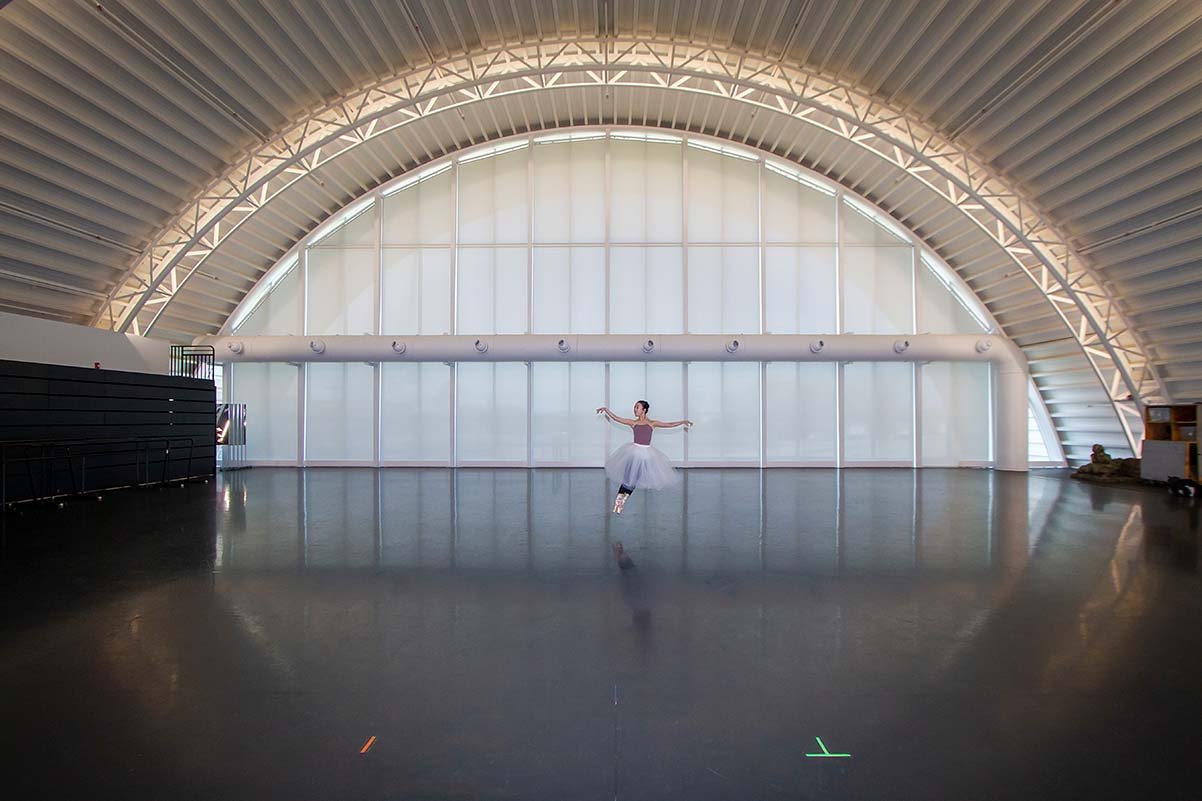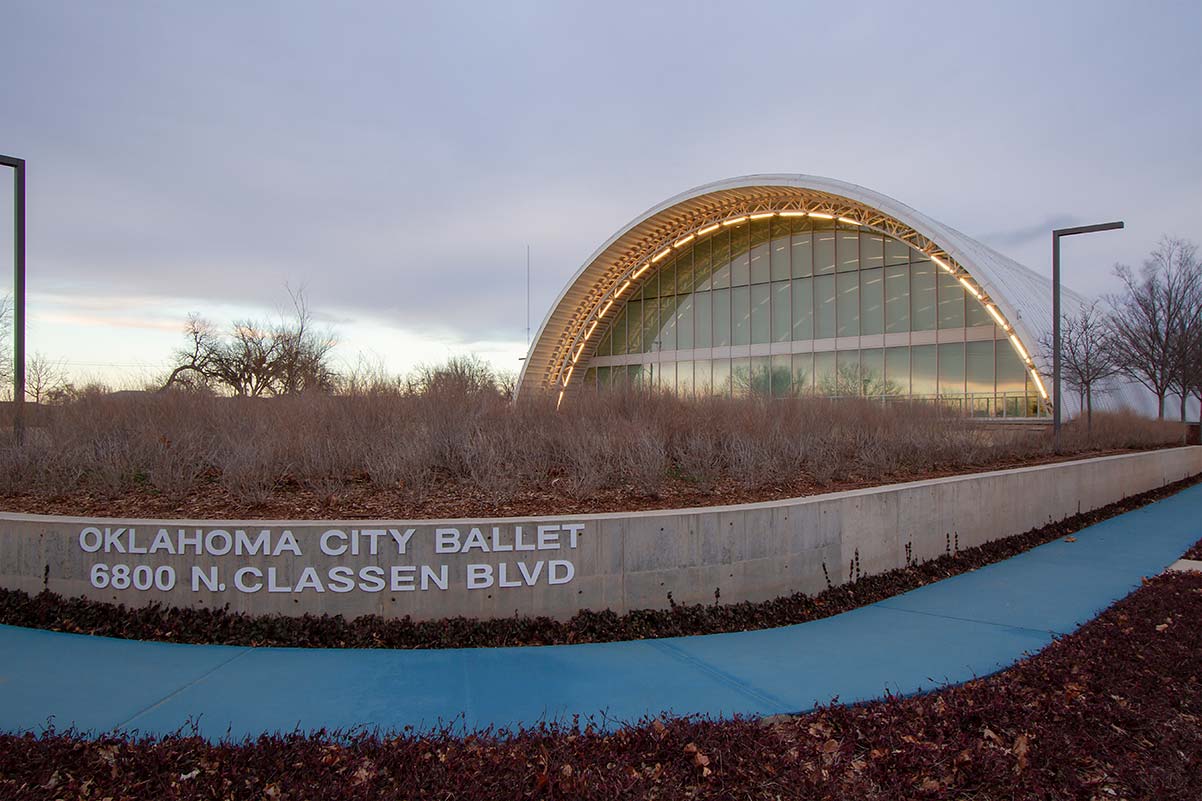Shading systems design has a significant impact on the visual aesthetic of a building’s exterior and interior space.

[Photo: Ed Taube, Taube Photography]

Anyone who’s ever passed a building with shades at every height knows how off-kilter it looks. A haphazard shade solution can bring down the overall appearance—not to mention thermal performance—of even the most thoughtfully designed structures. And yet all too often, that’s the case. Colin Blackford knows this well. Today the former architect helps guide customers who are seeking shade-control fabrics from Mermet. He’s a vehement proponent of the whole team—architects, interior designers, and others—working together from the outset, as he knows communication is vital. Blackford recently walked us through why and how aesthetics matter.
Architects put a lot of thought into every detail of a project, including the windows. Yet that attention to detail sometimes falls off when it comes to the shades covering those windows. And that’s an issue, because the color, design, and mechanics of the shades all have a major impact on the final aesthetic.

Natural light takes center stage in the Oklahoma City Ballet rehearsal space, as Hunter Douglas Architectural’s RB500 automated shades with Mermet’s E Screen 1% in white fabric filter light. At the large scale arched window, 10 high performance shades line the bottom while another 10 shades are angled along the top. These smart automated shades use sun sensor technology to lift and retract with the sun’s movement. When fully opened, the upper angled shades lower while the bottom half of the shade lift to meet in the middle, evoking a sun disappearing into the horizon. [Photo: Ed Taube, Taube Photography]
First, consider color. The architect may have selected the perfect hue of reflective blue glazing, but if you select a white or light fabric for your shades, the glazing may end up looking greenish due to the iron content found in clear glass. That’s fine if that’s your desired effect, but if not, well, it’s less than ideal. It’s also important to consider how the shade will appear in relation to the spandrel glass, which is the glass between floors on a large building with a full-glass facade. That portion of glass is typically back-painted with silicone or ceramic frit so you can’t see through it. Will your shades complement or clash?

[Photo: Ed Taube, Taube Photography]
These considerations all relate to how the building looks from the outside. I call them out here since they too often get short shrift. The impact on the room’s aesthetic from the inside? The interior designer has typically thought about that at length. So be sure to contemplate both elements of the completed design when selecting shades.
Clearly, the shades you choose have a huge effect on the final appearance of a building. Putting in careful thought at the outset will help you select the shade that best complements the space—both inside and outside.


